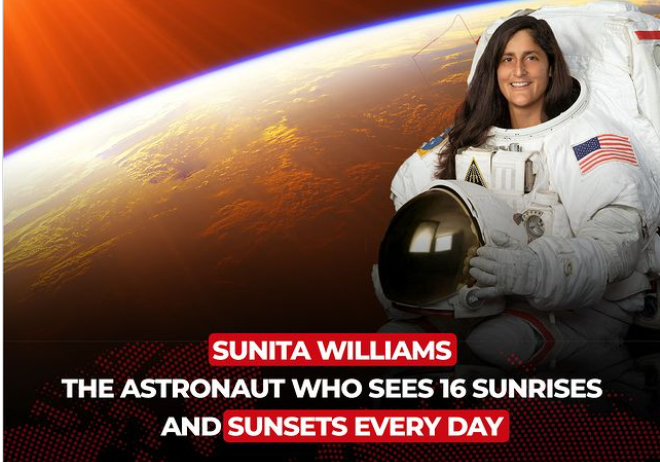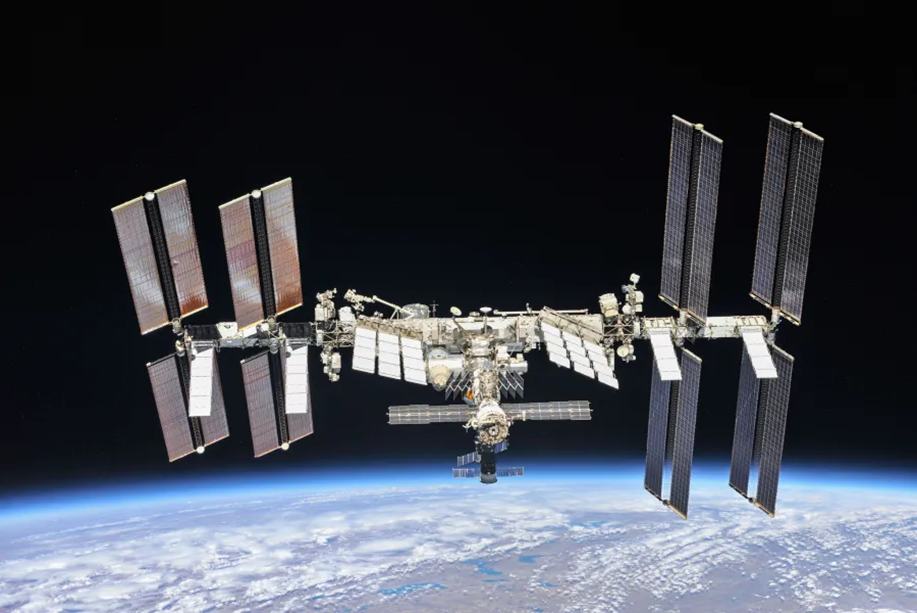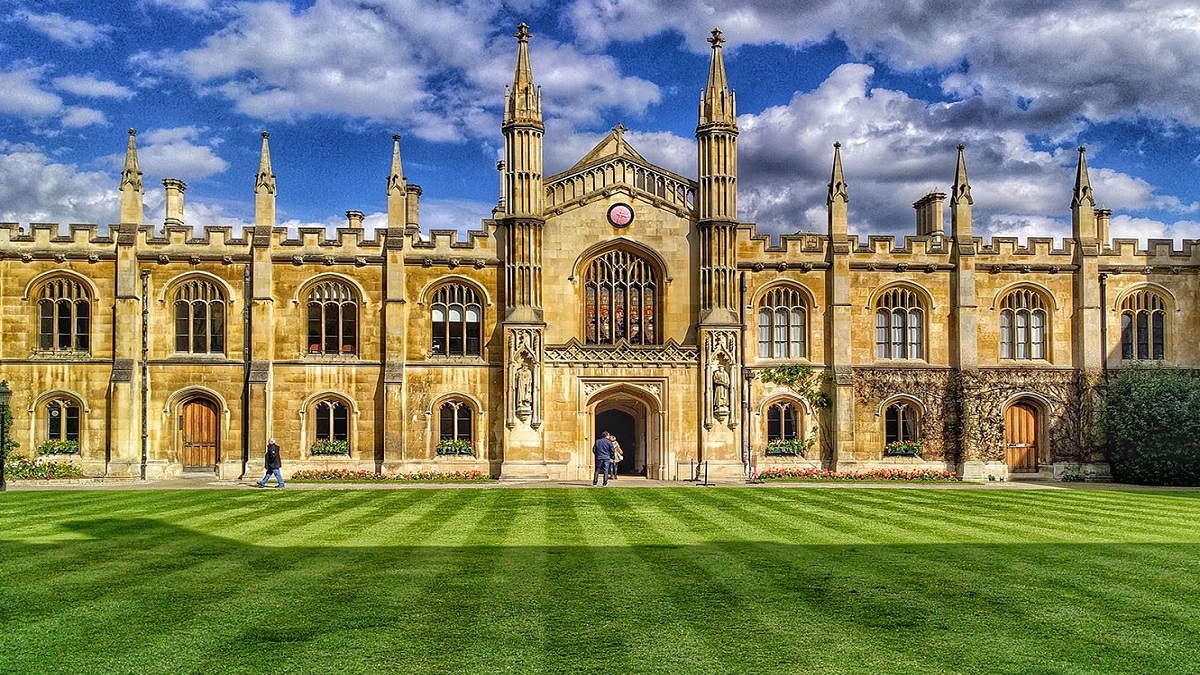- Courses
- GS Full Course 1 Year
- GS Full Course 2 Year
- GS Full Course 3 Year
- GS Full Course Till Selection
- Answer Alpha: Mains 2025 Mentorship
- MEP (Mains Enrichment Programme) Data, Facts
- Essay Target – 150+ Marks
- Online Program
- GS Recorded Course
- Polity
- Geography
- Economy
- Ancient, Medieval and Art & Culture AMAC
- Modern India, Post Independence & World History
- Environment
- Governance
- Science & Technology
- International Relations and Internal Security
- Disaster Management
- Ethics
- NCERT Current Affairs
- Indian Society and Social Issue
- NCERT- Science and Technology
- NCERT - Geography
- NCERT - Ancient History
- NCERT- World History
- NCERT Modern History
- CSAT
- 5 LAYERED ARJUNA Mentorship
- Public Administration Optional
- ABOUT US
- OUR TOPPERS
- TEST SERIES
- FREE STUDY MATERIAL
- VIDEOS
- CONTACT US
Sunita Williams Experiences 16 Sunrises and Sunsets Every Day
Sunita Williams Experiences 16 Sunrises and Sunsets Every Day
06-11-2024

- In November 2024, NASA astronaut Sunita Williams, who is currently aboard the International Space Station (ISS), shared her experience of witnessing 16 sunrises and 16 sunsets every day.
- This is possible because the ISS orbits the Earth very quickly, and astronauts on board see the sun rise and set multiple times in a single day, unlike life on Earth where we only see one sunrise and one sunset.
- In 2013, during an event at the University of Gujarat, Sunita Williams reflected on this unique experience to see 16 sunrises and 16 sunsets in a day during her time on the space station.
- Her current mission in space has been extended due to delays in the Boeing Starliner spacecraft's return schedule, and she will stay in space until February 2025.
- She and fellow astronaut Butch Wilmore are using this extra time to contribute to important space research.
How Does This Happen?
- ISS's Fast Orbit Around Earth: The ISS orbits the Earth at a speed of about 28,000 km per hour (17,500 miles per hour).
- Because of this high speed, the station completes a full orbit of the Earth roughly every 90 minutes.
- This means astronauts experience a sunrise or sunset about every 45 minutes.
- Continuous Day-Night Cycle: As the ISS orbits, astronauts move from the dark side of Earth (night) to the sunlit side (day) and back again.
- So, during each orbit, they go through both day and night. This rapid cycle causes them to experience a sunrise and sunset 16 times in a single 24-hour Earth Day.
- On the day side, astronauts see the sun.
- On the night side, they experience darkness.
- This cycle repeats itself 16 times in one day.
Day-Night Cycle in Space:
- In space, the day-night rhythm is very different from life on Earth.
- On Earth, we experience a 24-hour cycle with about 12 hours of daylight and 12 hours of darkness.
- However, on the ISS, astronauts only experience 45 minutes of daylight, followed by 45 minutes of darkness, and this happens repeatedly throughout the day.
- This cycle of constant light and dark can be confusing for astronauts, as they do not have the natural cues that help regulate their sleep patterns on Earth.
- To deal with this, astronauts have to follow a structured routine.
How Do Astronauts Keep Track of Time in Space?
- In space, astronauts cannot rely on the usual day and night rhythms because the ISS orbits the Earth every 90 minutes.
- Instead, they use Coordinated Universal Time (UTC), which is the same time system used around the world.
- Astronauts follow a very strict daily routine, with their work, meals, and rest times scheduled in five-minute blocks.
- This helps them stay on track, both physically and mentally, in the absence of natural day-night cues.
- Atomic Clocks for Precision: To stay in sync with teams on Earth, astronauts use atomic clocks, which are extremely accurate and help with navigation.
- These clocks are essential for timing space operations, ensuring astronauts stay connected with mission control and can also assist in deep-space missions.
- Atomic clocks help astronauts manage time for tasks such as scientific experiments, communicating with Earth, and coordinating with other space teams.
- These clocks are also used to make sure astronauts’ activities are properly timed with global space missions.
Sunita Williams’ Extended Mission:
- Sunita Williams' time in space has been extended because the Boeing Starliner spacecraft (the vehicle that was supposed to bring her back) had delays.
- As a result, she will stay aboard the ISS until February 2025.
- During this time, she is contributing to important space research, such as how astronauts cope with living in space, as well as experiencing the 16 sunrises and sunsets every day.
Why is Experiencing 16 Sunrises and Sunsets Unique?
- For astronauts like Sunita Williams, seeing 16 sunrises and sunsets in a single day is an incredible experience.
- It gives them a special view of the Earth, showing its beauty in a way few people ever get to see.
- It also shows the amazing speed at which the ISS travels around our planet.
- Having astronauts experience this rapid day-night cycle provides valuable information about how the body reacts to different light patterns.
- Understanding how people adjust to life in space will help prepare astronauts for longer space missions, such as future missions to the Moon or Mars.
- Psychological Effects: Constant changes between day and night might affect astronauts' mood and sleep patterns. Studying these effects is important to make sure astronauts remain healthy during long stays in space.
About International Space Station (ISS)
|
Must Check: Best IAS Coaching In Delhi
UPSC Prelims Result 2024 Out: Expected Cut Off & Other Details, UPSC Prelims 2024 Answer with Explanation, Daily Prelims Quiz, Daily Current Affairs, MONTHLY CURRENT AFFAIRS TOTAL (CAT) MAGAZINE, Best IAS Coaching Institute in Karol Bagh, Best IAS Coaching Institute in Delhi, Daily Mains Question Answer Practice, ENSURE IAS UPSC Toppers, UPSC Toppers Marksheet, Previous Year Interview Questions, UPSC Syllabus





